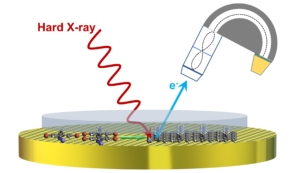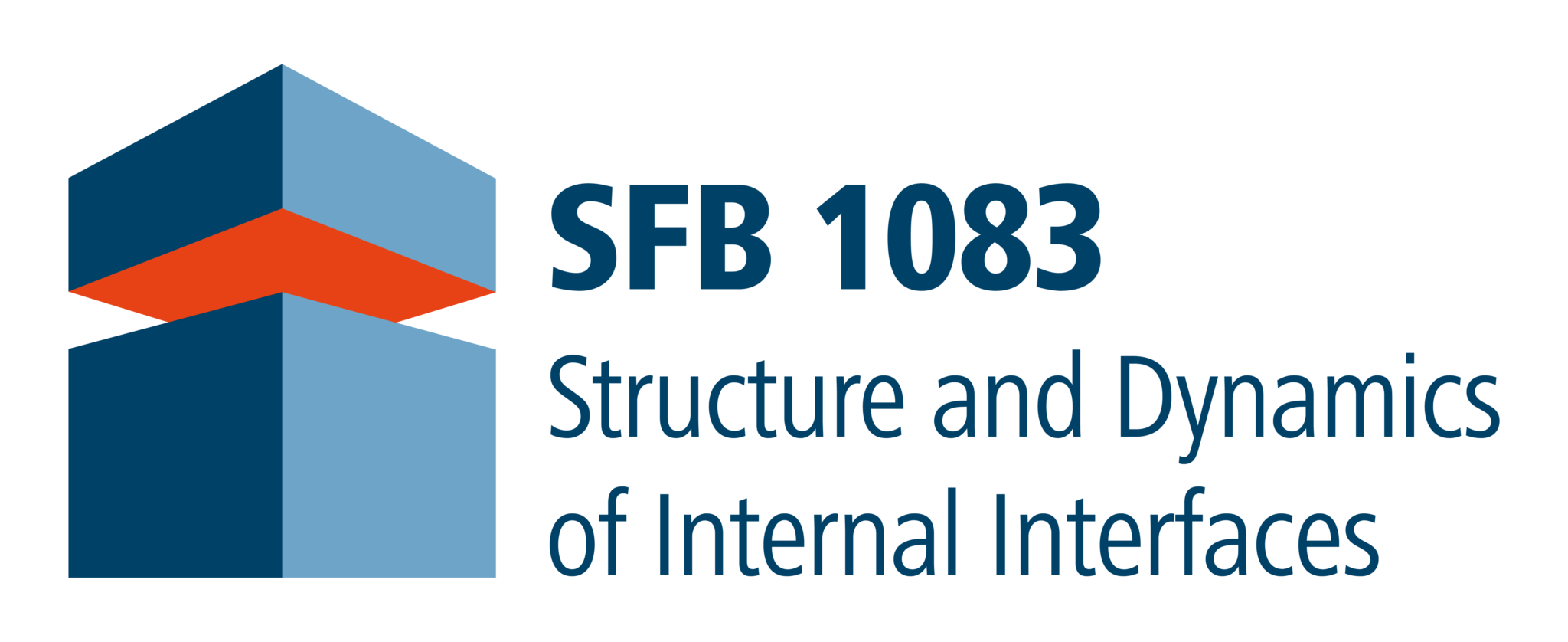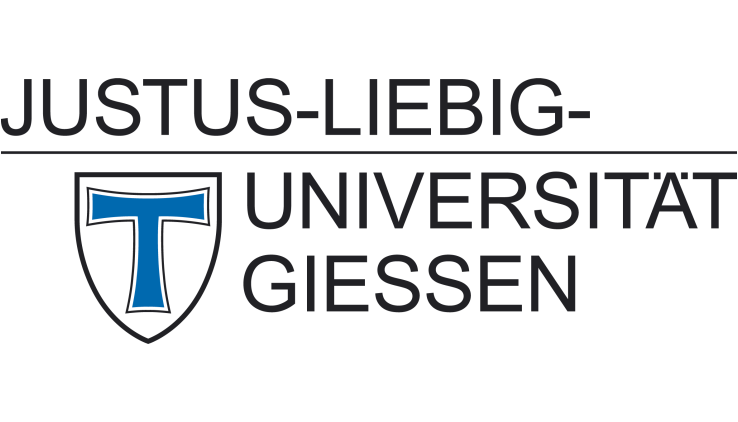Synthetic Interface Chemistry
Summary
 In this project, organic synthesis at surfaces and interfaces is used to create novel carbon-based materials for the construction of functional internal interfaces. Such interfaces are designed and characterised in this project and its partner projects within the SFB. Expanding the versatile methodology of on-surface synthesis (OSS), new synthesis protocols are developed using surface- and interface-induced catalytic and template effects for reaction control. This approach is pursued in two complementary ways: (i) Low-dimensional carbon materials (chains, ribbons, and sheets) are prepared by OSS and be used for the integration in multilayer interfaces, for heterostacking experiments as well as for tests in model devices. (ii) The different reactivity at buried interfaces, compared to (sub)monolayers, is explored and new interface-controlled reaction types for C-C bond formation are developed.
In this project, organic synthesis at surfaces and interfaces is used to create novel carbon-based materials for the construction of functional internal interfaces. Such interfaces are designed and characterised in this project and its partner projects within the SFB. Expanding the versatile methodology of on-surface synthesis (OSS), new synthesis protocols are developed using surface- and interface-induced catalytic and template effects for reaction control. This approach is pursued in two complementary ways: (i) Low-dimensional carbon materials (chains, ribbons, and sheets) are prepared by OSS and be used for the integration in multilayer interfaces, for heterostacking experiments as well as for tests in model devices. (ii) The different reactivity at buried interfaces, compared to (sub)monolayers, is explored and new interface-controlled reaction types for C-C bond formation are developed.
Synthesis of the following materials and their interfaces are attempted: (a) Biphenylene sheet and other two-dimensional (2D) carbon sheets are synthesised as an important step towards novel 2D carbon materials. Reaction protocols are optimised to achieve large-area sheets by sequential polymerisation using Ullmann coupling, HF-zipping, and cyclodehydrogenative coupling. Post-synthetic modification with atomic carbon is used for further control of the structural and electronic properties of the sheets. (b) Porous graphene derivatives with functionalisation perpendicular to the interface are developed as novel “2D+ carbon materials” using precursors on the basis of 1,6-methano[10]annulene and 1,7-methano[12]annulene. The (substituted) methano-bridges function as spacers and linkers, to which metal complexes can be attached.
Characterisation of the composition and the electronic structure of the systems is performed with photoelectron and X-ray absorption spectroscopies (XPS, UPS, ARPES, NEXAFS) before and after their embedment in metal/sheet/organic multilayer interfaces, in collaboration with the theory projects. Monitoring of reactions and clarification of their mechanisms is performed with XPS, scanning tunnelling microscopy (STM), temperature-programmed desorption/reaction (TPD/TPR) measurements, and infrared spectroscopy (RAIRS).
Project-related publications
- Q.T. Fan, L.H. Yan, M.W. Tripp, O. Krejči, S. Dimosthenous, S.R. Kachel, M.Y. Chen, A.S. Foster, U. Koert, P. Liljeroth, J.M. Gottfried
Biphenylene Network: A Nonbenzenoid Carbon Allotrope
Science 372, 852 (2021) - P.E. Hofmann, M.W. Tripp, D. Bischof, Y. Grell, A.L.C. Schiller, T. Breuer, S.I. Ivlev, G. Witte, U. Koert
Unilaterally Fluorinated Acenes: Synthesis and Solid-State Properties
Angew. Chem. Int. Ed. 59, 16501 (2020). - Q.T. Fan, D. Martin-Jimenez, D. Ebeling, C.K. Krug, L. Brechmann, C. Kohlmeyer, G. Hilt, W. Hieringer, A. Schirmeisen, J.M. Gottfried
Nanoribbons with Nonalternant Topology from Fusion of Polyazulene: Carbon Allotropes Beyond Graphene
J. Am. Chem. Soc. 141, 17713 (2019).

Prof. Dr. Michael GOTTFRIED

Prof. Dr. Ulrich KOERT
Dr. Zilin Ruan, Postdoc
Chun-Ho Ip, PhD student
Florian Münster, PhD student
Tim Naumann, PhD student
Ruth Esther Pessi Kenmogne, PhD student
Yingling Zhang, PhD student
Former Contributors
Dr. Qitang Fan, Postdoc
Dr. Christoph Middel






